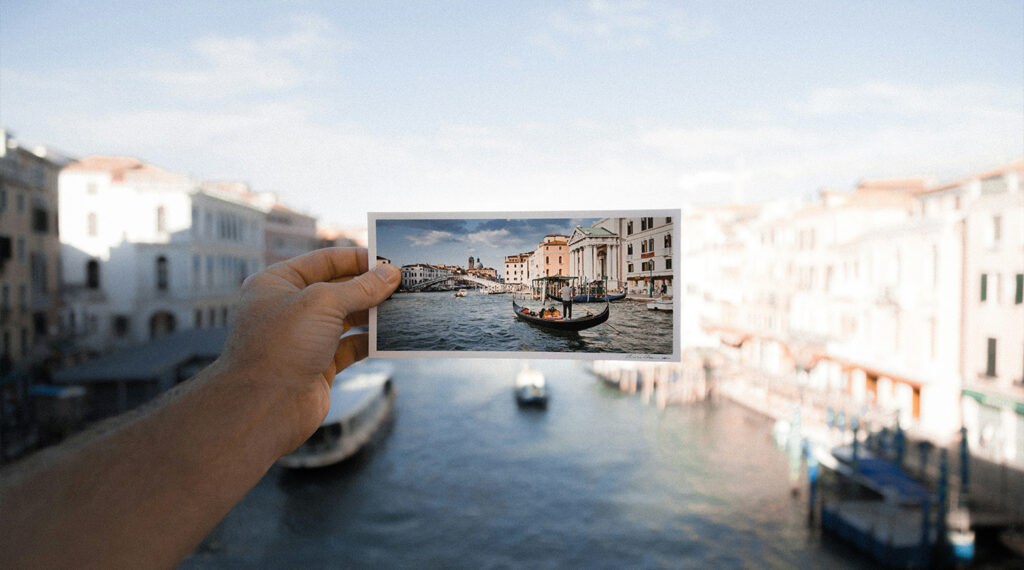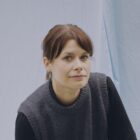Considerations for future-facing arts and culture funders – Postcard from a strategy journey

Building a cohesive strategy in the current political and societal landscape can feel like both a unique opportunity and a somewhat overwhelming endeavour. In times of existential challenges, it seems no longer sufficient to merely react to changing environments. Foundations are also increasingly expected to recognise and demonstrate their agency in actively shaping better societies for the future.
At the Nordic Culture Fund, a good part of last year was dedicated to building a knowledge foundation for our upcoming strategy going forward from 2026. By drawing on foresight methodology we set out to carve opportunity spaces while building a broader awareness of the trends and developments shaping our operating environment in the Nordic Region and beyond. For an organisation and a fund, founded on the Nordic countries’ recognition of the pivotal role cultural cooperation plays in societal stability, it has been important to find ways to bridge the past, present and the future – remaining true to our historical mandate while maintaining flexibility to navigate changing environments within the field of art and culture.
As this journey continues into the new year, here are a couple of overall considerations we have gained from the process so far and which we find relevant to explore further in the upcoming period:
Need for an updated narrative on culture for future societies
Emphasising the positive impact of arts and culture on various aspects of society – from climate action to healthcare and social cohesion – has in recent years become a prevalent framing for cultural policies and funding frameworks.
Wider acknowledgment of the value and role of culture can ideally open doors to new interdisciplinary partnerships, challenging traditional, siloed approaches to policy and development initiatives.
However, these opportunities can only be fully realised if the sustainability and agency of the cultural ecosystem is sufficiently nourished and supported. Aligning the expectations of policymakers or funders with the realities of the cultural sector itself requires dialogue-based approaches, designing initiatives from a systemic perspective and strengthening capacity-building efforts to expand narrow notions of professionalism.
An updated narrative around culture for future societies should thus address the care of the cultural ecosystem and the societal value of arts and culture as deeply interlinked and interdependent. This also involves being cautious of over-instrumentalising discourses that risk pursuing monolithic notions of culture, rather than fostering diversity of expressions as assets for societal resilience.
Fostering learning through experimentation
As the world evolves along new and unpredictable paths, we need to develop better practices and mechanisms to navigate the unknown. At the Nordic Culture Fund, allowing a higher degree of experimentation as a means of acquiring new knowledge and skills has developed into a core factor in building resilience and adapting to new situations.
In our work with the Fund’s thematic Initiative, Globus, for example, adopting an open and explorative approach with a continued focus on learning has been a fundamental prerequisite. Our dialogue with grantees has not been about assessing specific impact or project outcomes, but about co-shaping an approach that benefits both grantees and us as funders.
This has meant creating spaces for knowledge sharing and exchange among grantees, ensuring ways to bring that knowledge back to the Fund, and using it to further develop our approaches, while actively generating insights that can inspire and inform the broader arts and cultural field. This approach continues to be central in our future efforts to design initiatives that match the evolving field of arts and culture
Towards diversified financial models
In the aftermath of the pandemic, many Nordic and European countries began to address structural issues regarding the financial ecosystem for arts and culture. During recent years, concerns about the future of public support for art and culture have only intensified, as governments are shifting priorities in a rapidly changing geopolitical landscape. This has, in some cases, lead to significant cuts in national cultural budgets – despite the simultaneously growing recognition of culture’s role in security measures and crisis preparedness.
These developments highlight the need for a more diverse and balanced financial landscape for arts and culture. Building connections between different levels of funding – both within and across national borders – and sharing perspectives between public funding bodies and the philanthropic sector might both help to gain a more holistic understanding of the financial ecosystem and lay the foundation for more sustainable funding models for the future. In the context of arts and culture, this means recognising the interconnectedness between ensuring a strong core infrastructure and the means to create space for developing new ideas and initiatives.
Understanding the role of arts and culture in global connectivity
The rapidly evolving global and geopolitical landscape calls for renewed approaches to international collaboration. Understanding the role of arts and culture in this context is essential and requires reorientation of internationalisation strategies and funding schemes. This involves moving beyond traditional notions of cultural export and diplomacy towards more holistic approaches that recognise the potential of culture in regaining trust in multilateralism and bridging perspectives between the local and the global.
This shift in approach to international cooperation is clearly reflected in the recently adopted UN Pact for the Future which envisions a more networked form of global governance. In a challenged global environment, locally anchored initiatives that engage diverse stakeholders and governance levels can open pathways for lasting change and development from the ground up. Positioning arts and culture at the centre of these efforts unlocks untapped potential for funders and can help build grounds for transformations from micro-local level towards wider global impact.
—
On a final note, as we continue to further define our role and agency in relation to the developments mentioned above, we recognise that our ability to successfully operationalise future efforts demands a high degree of self-reflection and adaptability. Rather than outlining a fixed set of objectives, a strategy in this context can provide the relevant means for continuous readjustment – guided by a clear understanding of one’s own role within broader developments and in relation to other stakeholders in the field.
The insights in this article are partly building on a knowledge foundation developed by the Nordic Culture Fund in collaboration with the design consultancy Manyone during May – December 2024. Using Strategic Foresight methodology, the process involved extensive horizon scanning that resulted in nearly 300 signals of change, complemented by collaborative sense-making and stakeholder engagement.
Facts about the Nordic Culture Fund:
- The Nordic Culture Fund has been working in the area of cultural co-operation since 1966, on the basis of an agreement between the Nordic countries. The Fund is an independent body that was designed from the outset to act freely and rapidly, without being subject to review by national interests.
- The Fund supports cultural and artistic collaborations within and outside the Nordic countries and engages in strategic collaborations that have the potential to be policy-developing in the Nordic Region and beyond.
- Within its current thematic initiative Globus, the Nordic Culture Fund has developed new approaches to funding transnational collaborations and worked to anchor culture more firmly in the global policy discourse.
Authors

